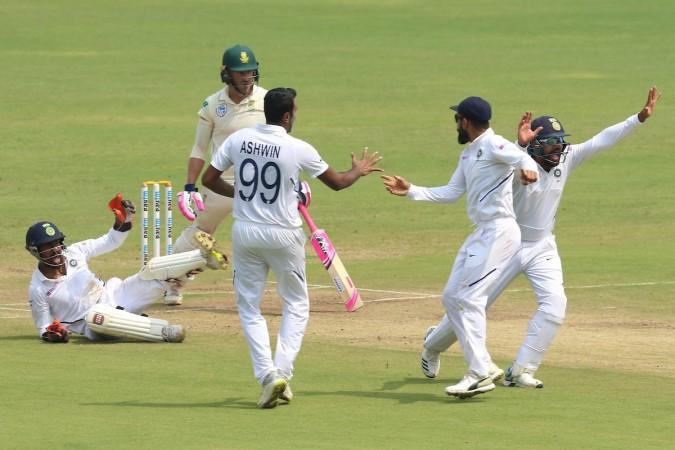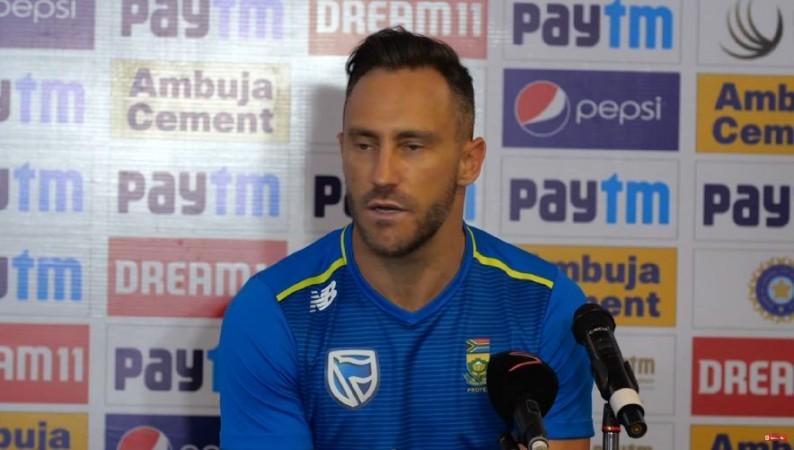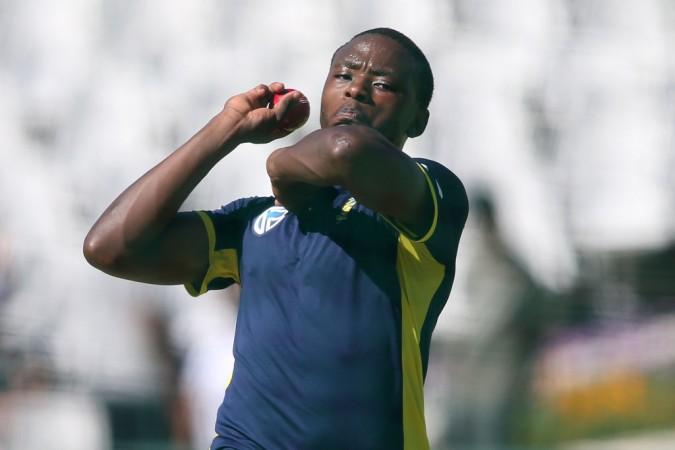
The third Test between India and South Africa, at Ranchi, is a dead rubber from the point of view of the series. However, it holds a lot of importance as 40 World Test Championship points are at stake. Besides, the South African team has a point to prove. After their poor showing in the second game, it's necessary for them to display some fight.
India would still be the favourites. With a batting order firing ruthlessly at the opponents and bowlers in top flight, it would be hard to defeat Virat Kohli's team. Still, cricket can always throw unforeseen challenges.
Let's look at the five key factors that will determine the outcome of this final game of the series.
Toss
For the umpteenth time, we have to mention the toss as a major factor. Of course, there is no guarantee that the Proteas will succeed even if they bat first. However, batting second has proved to be too hard for the visitors. Batting without a big first-innings score from India may just give the mental respite that South Africa need. Chasing another big total from India, on the other hand, may lead to a sense of déjà vu.

Du Plessis' batting position
One of the key factors for South Africa's batting troubles has been the failure of their no. 3 batsman. Theunis de Bruyn started the series with big hopes since he had scored a wonderful hundred in Sri Lanka, but hasn't lived up to them. Faf du Plessis, on the other hand, has looked good on many occasions. He promoted himself to no. 4 in the second innings of the last Test.
Perhaps, the skipper needs to take the no. 3 position. If he comes in after the fall of the first wicket, he could prevent further inroads and India gaining an early mental edge. If he finds support from some other batsman, Proteas can then build a solid foundation for a big score.
Rabada and Philander's wicket-taking ability
Both Kagiso Rabada and Vernon Philander have bowled well in this series. However, they haven't got enough wickets. The South African spinners have been innocuous. Now, with Keshav Maharaj out of the third Test, the entire responsibility for taking wickets mainly falls upon these two. While Rabada has picked up wickets, he hasn't got the ball to reverse swing that much.
Philander, on the other hand, has bowled a tight line and length without seeming incisive. Both men need to do something more in this Test to prevent India's strong batting line-up from amassing another big score. Otherwise, the script of the third Test would be no different from the first two.

Performance of Indian openers
In the first two Tests, there was heavy run-scoring from India's new opening pair of Rohit Sharma and Mayank Agarwal. These two scored hundreds and also ensured that the middle-order didn't get exposed to the new ball, when South Africa are most likely to pick up wickets. If they again bat big in the third Test, the Proteas bowlers would be defanged and the team left to chase leather all day.
If they fail, the possibility of troubling India's top batsmen with the new ball will open up. That is South Africa's biggest hope.














